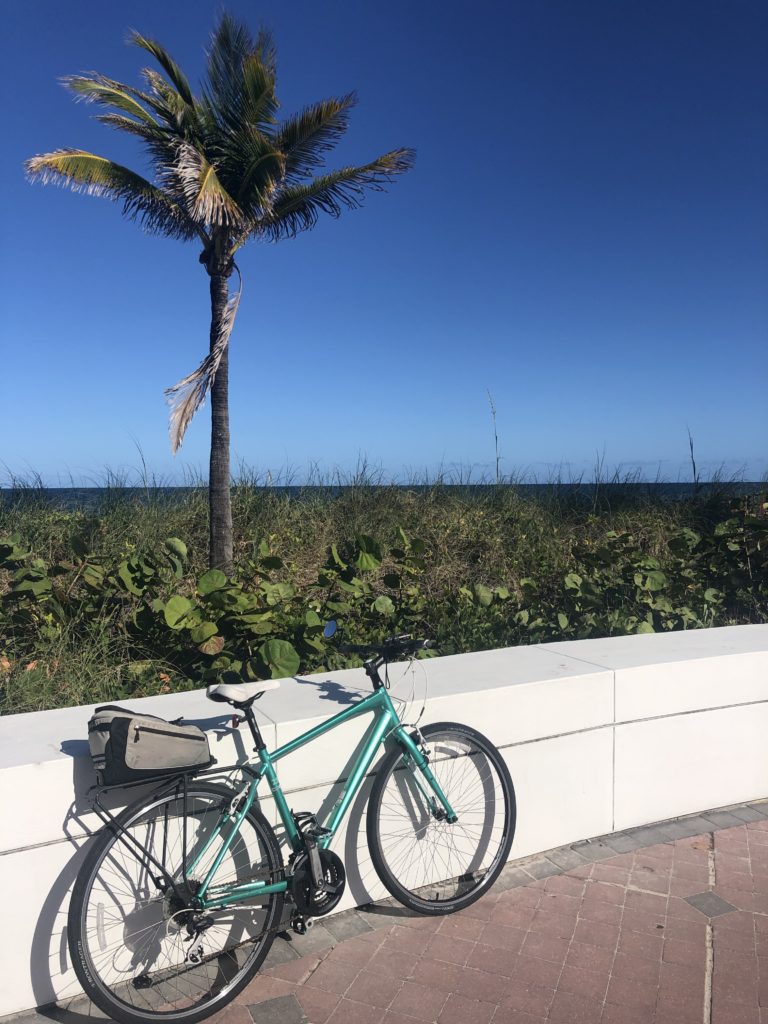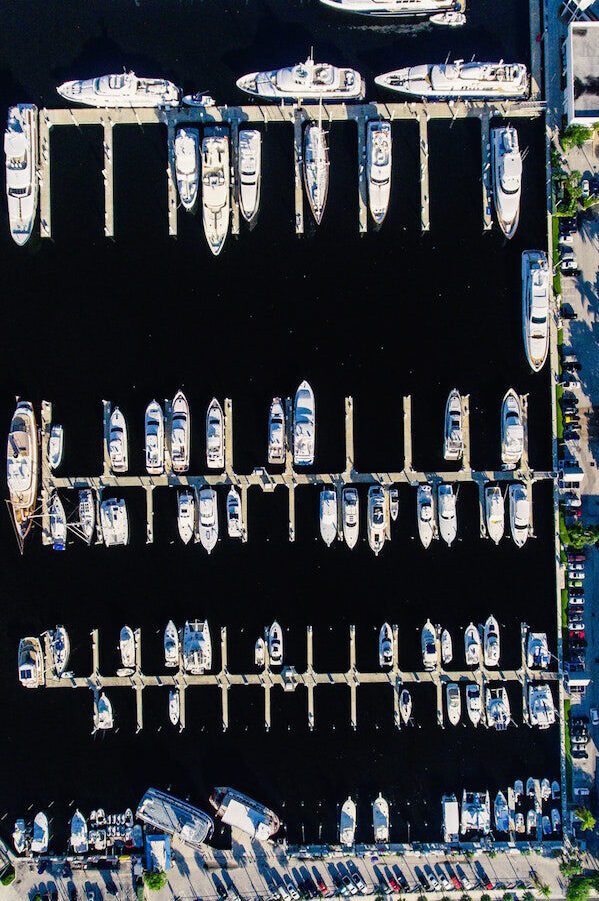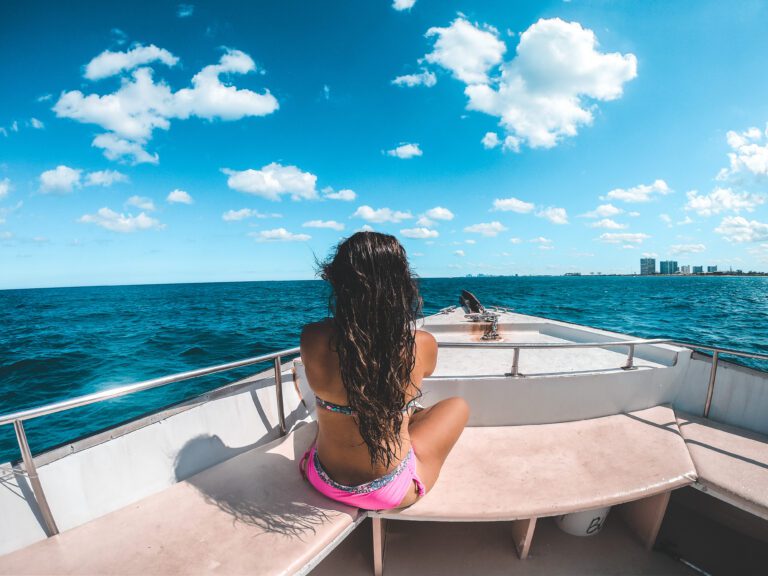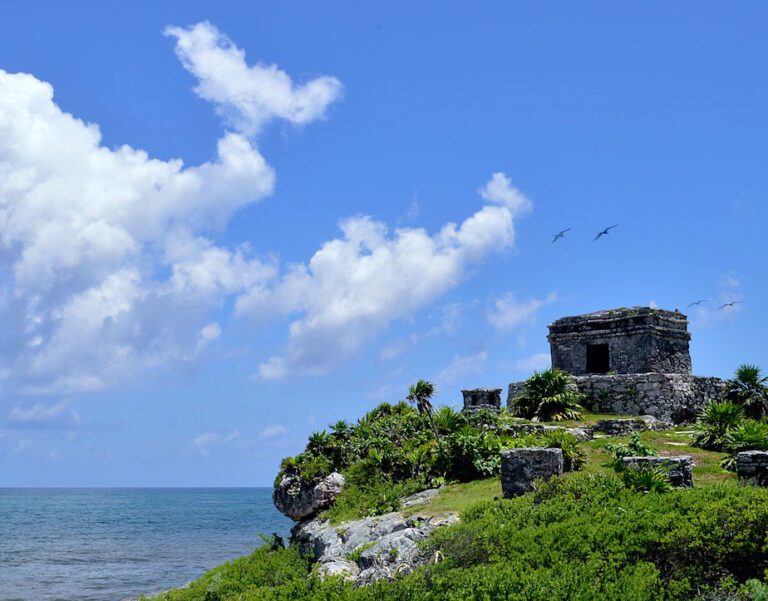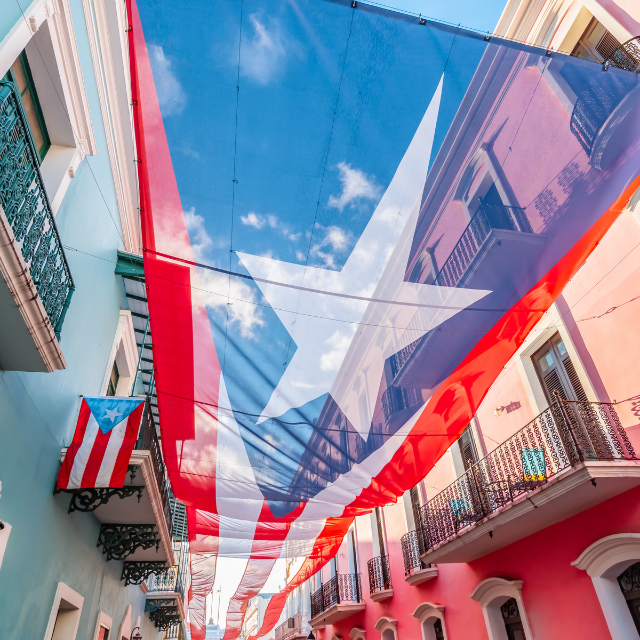The Unique History of the Mayans and Cenotes
A swimming hole or an ancient burial ground? Honestly, it could be one in the same. The Mayans and cenotes share a unique history on the Yucatán Peninsula in Mexico.
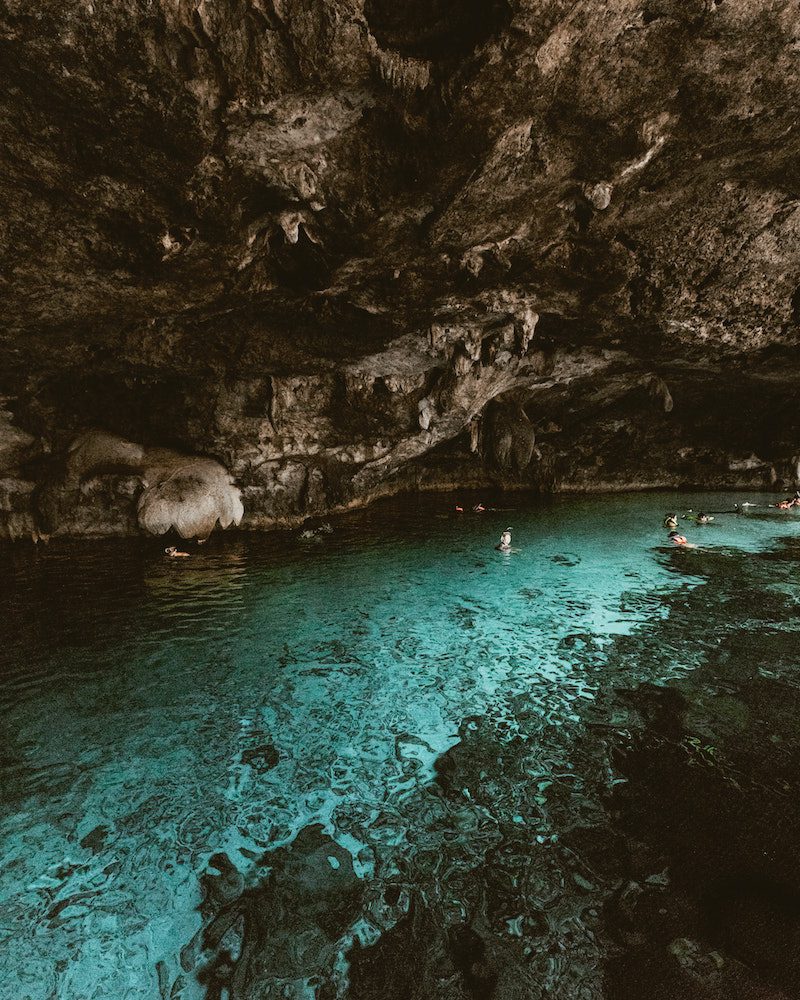
Jumping into a pool of history
Surveying down below I gauged the depths. How far down was it? 10 meters? 15 meters? Shucks, I was never really good at guessing distances. No matter, it was now or never. And besides, a small line of people had accumulated behind me waiting for the gringo ahead of them to jump.
My lifetime friend, Bekkah, gave a heckle from the side, “Don’t be a wussy!” (but in slightly different terms). She was right, though. It was time. I took my running start and leaped from the slippery limestone surface at my feet. I was flying. But certainly not like a bird.
Arms and legs flailing, I plunged towards the turquoise surface below me, piercing into the water with a splash. The videos I’ve seen on YouTube always make it look so much more elegant.
Success. Cliff jumping into a cenote in Mexico? Check. I hear the sound of approval from Bekkah above. She was too scared to do it, though.
The water in the cenote is refreshing beyond words. So clear. So pure. These geological features are truly amazing. It’s no wonder why travelers are so keen to visit.
Cenote Zaci was packed that day – after all, it is in the middle of Valladolid, a Spanish colonial city in the interior of the Yucatán Peninsula in Mexico. Prior to the Spanish arriving here, though, Valladolid was actually a Mayan city.
And interestingly enough, the Mayans who once inhabitated the area revered these cenotes to an even greater extent than we do today. In fact, Cenote Zaci likely explains why the Mayans would even establish a settlement here in the first place.
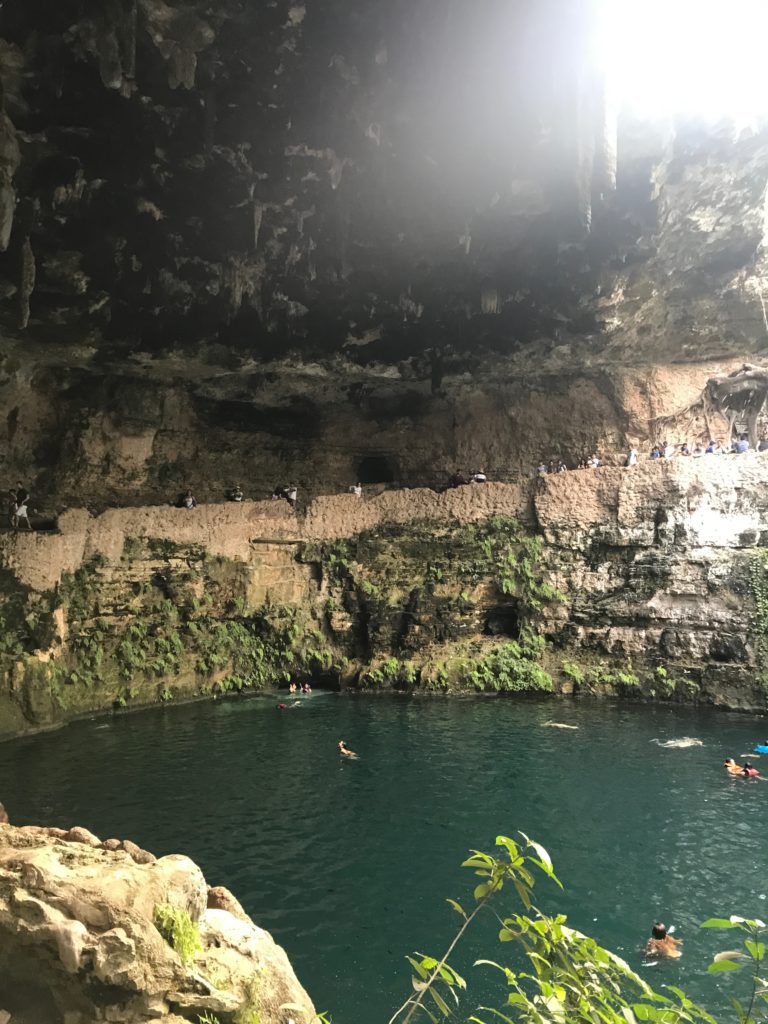
What is a cenote?
Often mentioned on a trip to the Yucatán Peninsula in Mexico, cenotes are a unique geological formation:
cenote
[ suh–noh-tee ]
noun
a deep natural well or sinkhole, especially in Central America, formed by the collapse of surface limestone that exposes ground water underneath.
Dictionary.com
Essentially, it’s an aquifer (or a well) of fresh water beneath the surface formed by the limestone base of ancient coral reef.
At one point, the Yucatán Peninsula was completely submerged in the ocean. Oddly enough, where you now visit on spring break in Cancún, was once home to a tropical underwater ecosystem! Sharks, sea turtles, and other marine life used to swim where underage Americans escape to indulge in an alcoholic beverage now.
As sea levels decreased during the last ice age, the coral reef consequently became dry land – today’s Yucatán Peninsula. The limestone base, as great as it is for coral reef, is awfully porous from the dry surface.
Over the years as rain, rivers, and runoff erodes away the limestone, cenotes are carved out underground. Eventually, the ceiling of the cenote weathers away so much that it collapses on itself!
The result? A beautiful, tropical pool of fresh water is exposed to the world. A natural reservoir often serving as a beacon of good times for travelers. However, the Mayans sought these same cenotes for slightly different purposes.
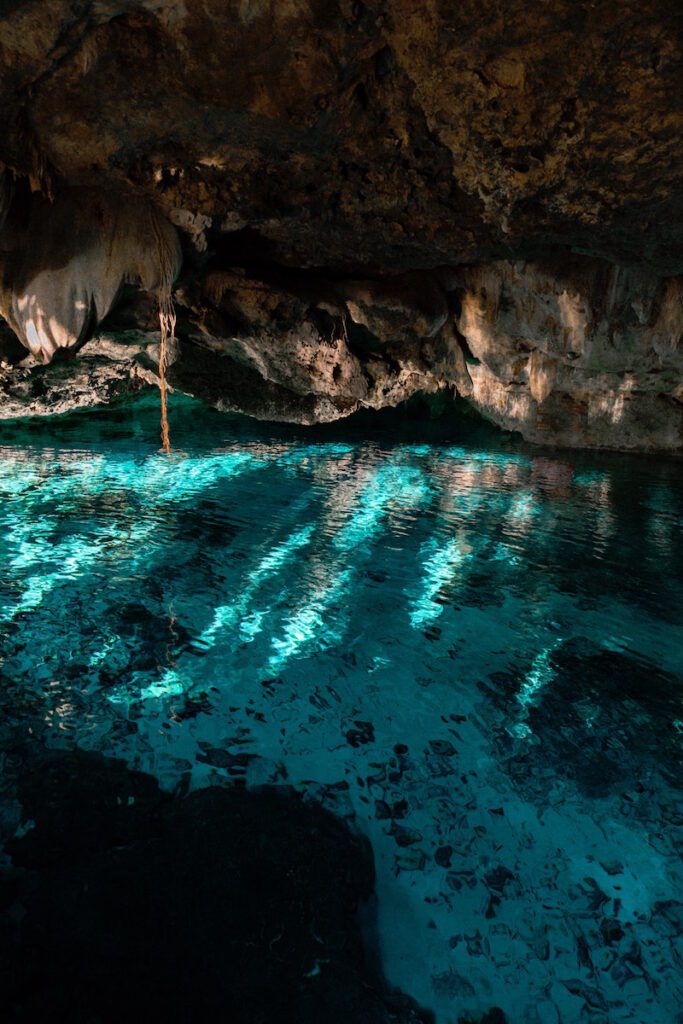
What did the Mayans use cenotes for?
The Mayans were no fools when it came to selecting the locations of their cities. Just about every prominent Mayan city, that we know of, was built near or literally on top of a cenote.
Why? First of all, cenotes obviously provide a steady supply of freshwater to the ancient civilization. Secondly, cenotes may have served as a spiritual basis for Mayan religion; a site used to worship the god of rain, known as Chaahk.
The eery part: archeologists have even found human remains strategically placed in the cenotes underneath Mayan ruins! Horrifyingly suggesting that the Mayans sacrificed people to Chaahk in hopes of rain for agriculture! A big price to pay to raise up the crops, if you ask me
I know what you’re thinking, “didn’t you just say they drink from those cenotes?!” Thankfully, it seems, the Mayans had different cenotes designated for different reasons (i.e. one strictly for drinking). Sure would be unfortunate to drink from the wrong well…
But honestly, I’m just glad society has decided not to partake in these types of rituals anymore.
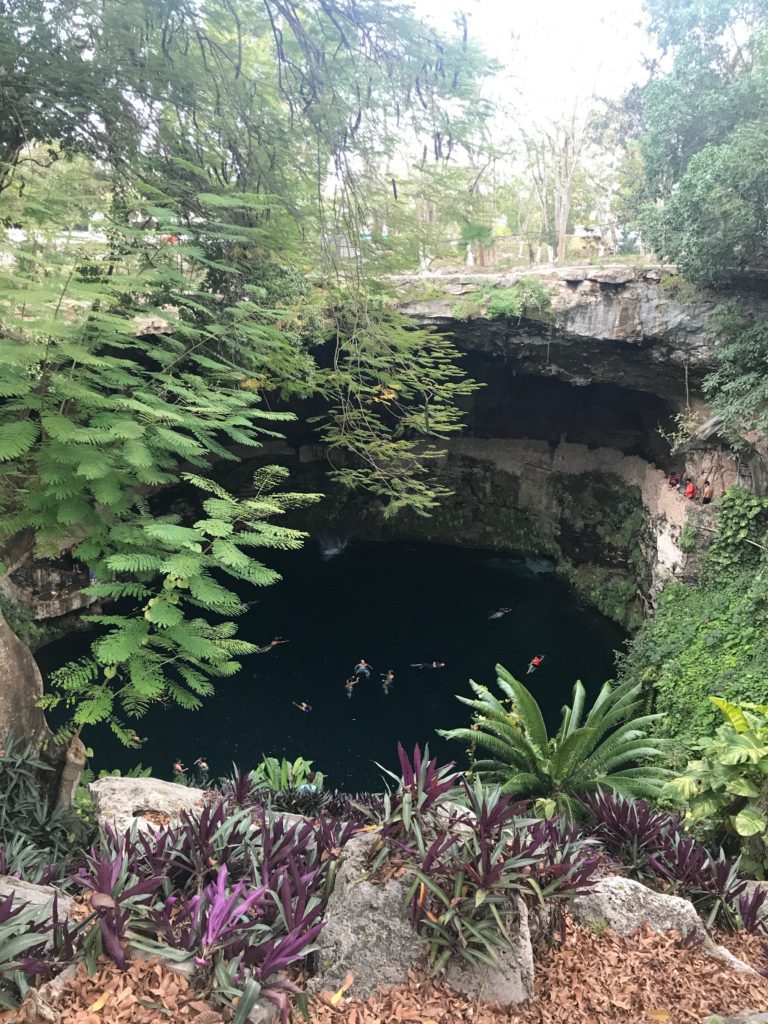
Famous Mayan ruins uniquely tied to cenotes
Today, we visit Mayan ruins in droves; literally in bus loads. Ironically, hundreds of years ago, Mayans would travel great distances to visit these same cities and corresponding cenotes. A pilgrimage, of sorts. Funny how history repeats itself, no?
Some of the most often visited and popular Mayan ruins uniquely tied to cenotes are:
- Chichén Itzá: the most famous and most visited Mayan ruin in Mexico. A few cenotes are nearby, including the Sacred Well which has revealed the remains of humans. El Castillo, the main pyramid, is thought to be situated directly overtop another cenote. Visiting Chichén Itzá takes careful planning if you’re to avoid the large crowds.
- San Gervasio: tucked away on the island of Cozumel, this Mayan ruin used to house a cenote beneath its grounds.
- Ek’ Balam: the neighboring city to Chichén Itzá. This active archeological site is a great alternative Mayan ruin to visit to avoid huge crowds at Chichén Itzá.
- Others include: Uxmal, Cobá, and Tulum.
For more: 7 Easy to Visit Mayan Ruins Beyond Chichén Itzá
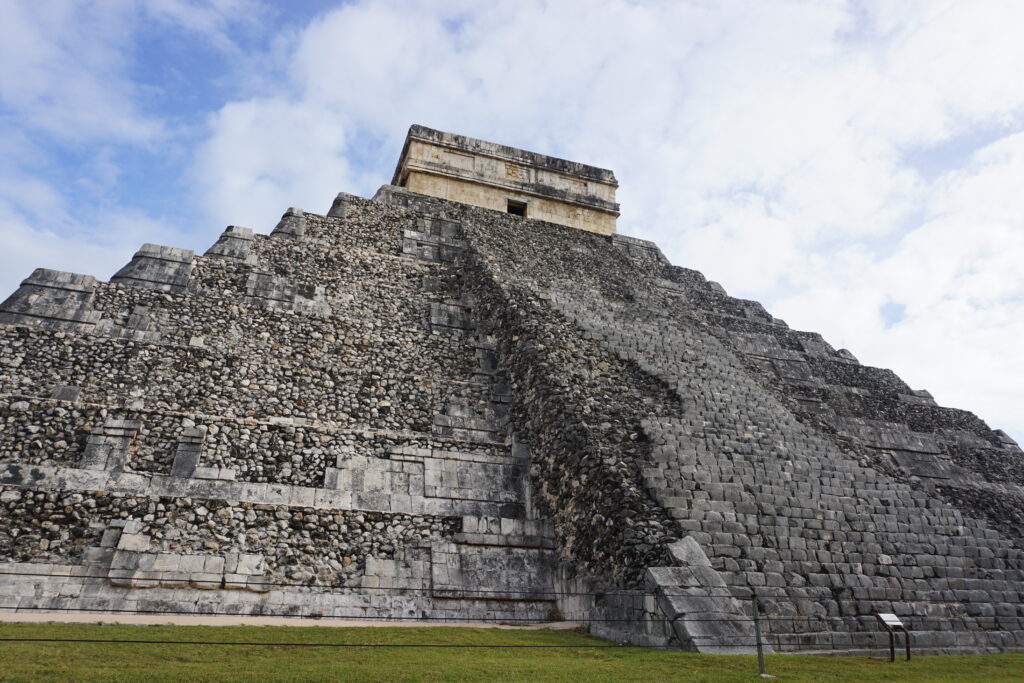
Can you visit cenotes in Mexico today?
Of course you can! You can find cenotes just about anywhere, particularly near popular tourist destinations like Cancún, Playa del Carmen, Tulum, and Chichén Itzá. Popular activities at cenotes are swimming, snorkeling, and even scuba diving! Oh, and of course, taking viral Instagram photos.
And no, you wont be swimming in any burial grounds. Not that I know of at least…
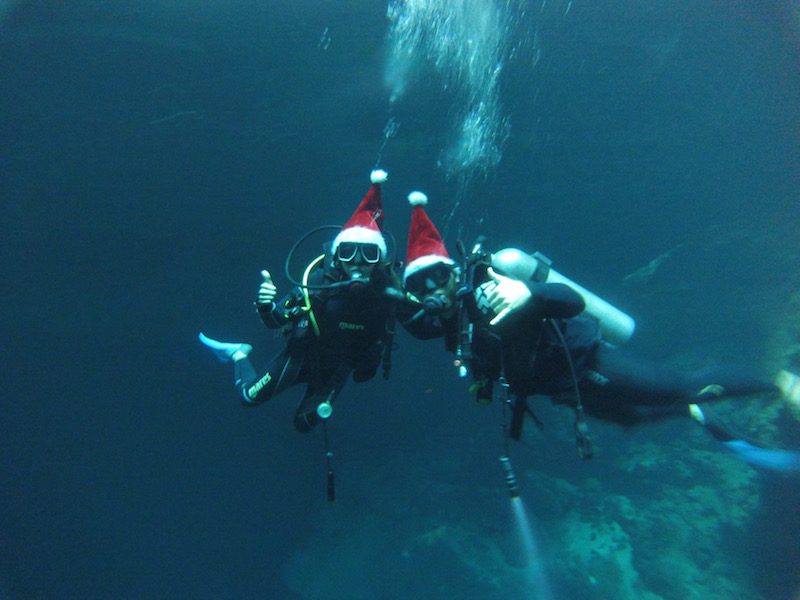
Top Cenotes to Visit on the Yucatán Peninsula.
Cenotes are abound on the Yucatán Peninsula so choosing which ones to visit may be difficult. Here a few we really enjoyed:
- Cenote Zaci in Valladolid is the fun swimming hole with cliff jumps in the heart of the city.
- Scuba dive Cenote Dos Ojos in Tulum.
- Cenote Suytún near Valladolid for your perfect Instagram picture.
- Ik Kil near Chichén Itzá.
- Cenote Gran in Tulum is perfect for swimming.
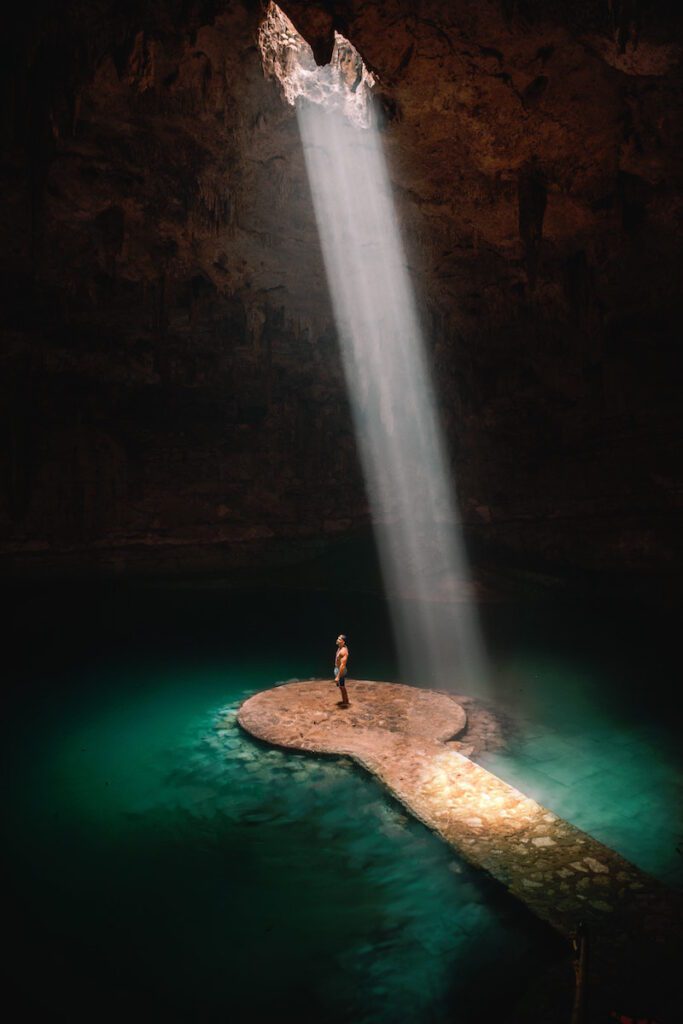
Mayans and Cenotes: Swimming in history
Taking the leap off the rocks in Valladolid that day was more than a dive into a crisp, blue oasis. It was a dive into history. A realization of the everlasting connection man and nature will always have.
Mayans exalted these freshwater pools hundreds of years ago – even traveling great distances to visit them. Today, we do the same. Sure, we don’t “worship” quite in the same way. But we do possess a sense of appreciation that gravitates us to these locations.
If the Mayans and cenotes have taught us anything, it’s that human beings always have elicited these pulls to nature. And we always will.
I’m just glad we’ve moved past the whole human sacrifice part. Oh, and that the cenotes we love to enjoy today are human-remains-free.
Although, I never did dive to the bottom to see what’s down there.
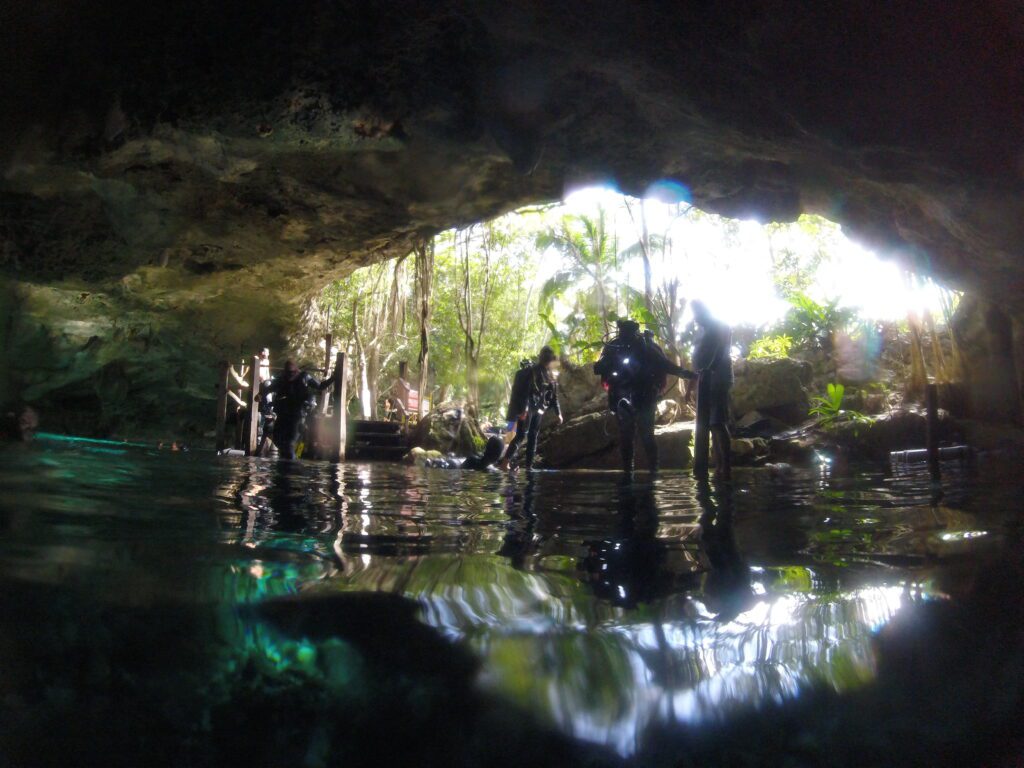
Travel Planning Resources for Dive Travel
Book Your Flight: Book cheap flights on Skyscanner, one of the best tools for finding good deals.
Rent a Car: Discover Cars compares prices all over the globe – finding you the best deal on a car rental.
Catch a Bus: Whenever searching for bus tickets, we love using BusBud to find the cheapest fares.
Book a Place to Stay: Booking.com is a great resource for comparing hotels and guesthouses. Or book a local apartment rental on VRBO!
Budget Accommodation: Hostelworld is the best site to find quality hostels.
Protect Your Trip: Protect yourself from theft or gear damage! World Nomads covers all things scuba diving while traveling.
Travel Scuba Gear: Check out the top-rated scuba diving gear designed for travel.
Enjoy this Post? Pin it!
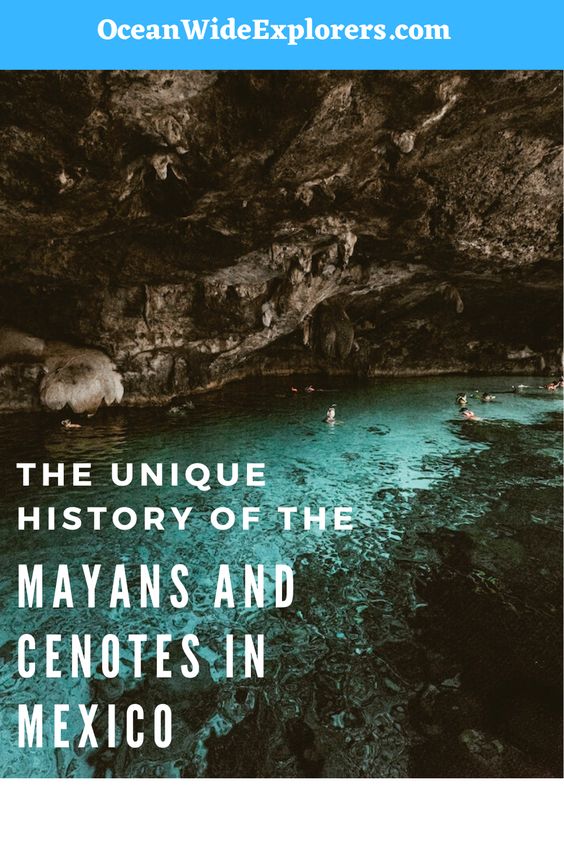
Read More Mexico Travel Tips
We hope you enjoyed our post on how to get to Valladolid. Hopefully you’ll find it useful on your next adventure! Here are a few more ocean-loving articles we think you should read next:
- How we beat the crowds at Chichén Itzá
- 14 Reasons to Visit Valladolid, Mexico
- 7 Other Mayan Ruins to Visit Beyond Chichen Itza
- Best Way to Get to Ek’ Balam from Valladolid
What cenotes have you visited? We want to hear from you! Leave a comment below!


